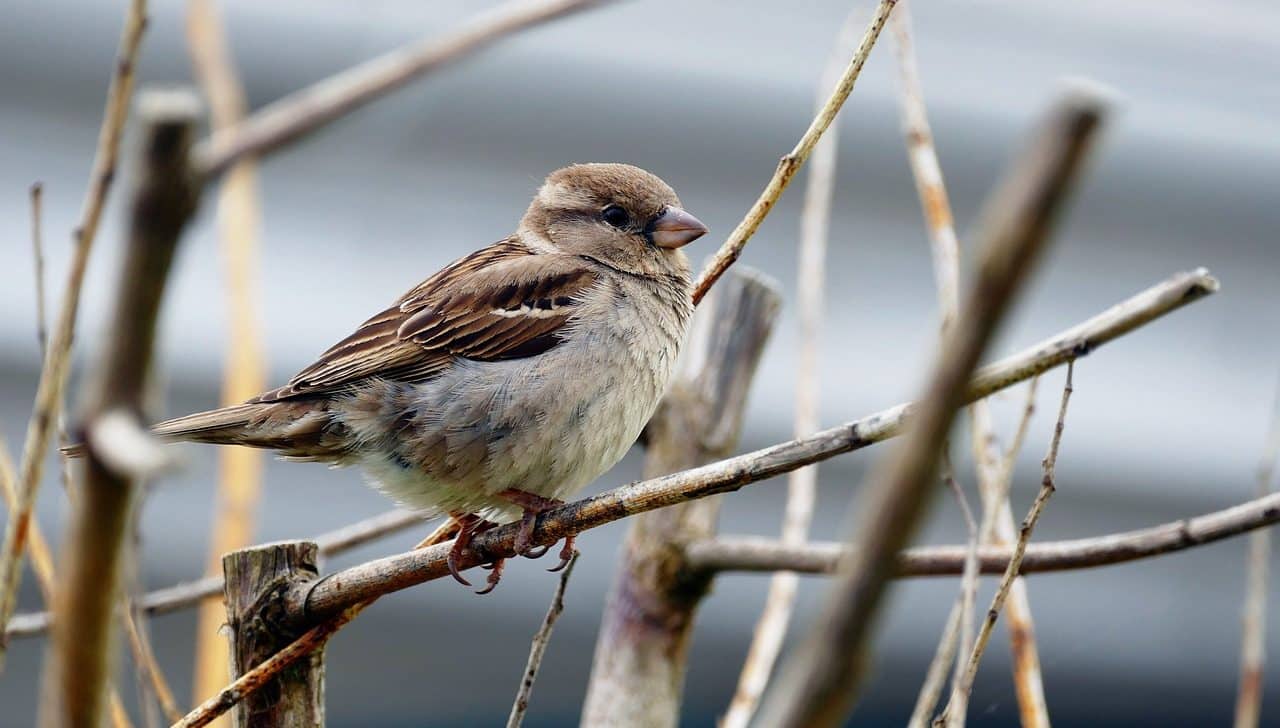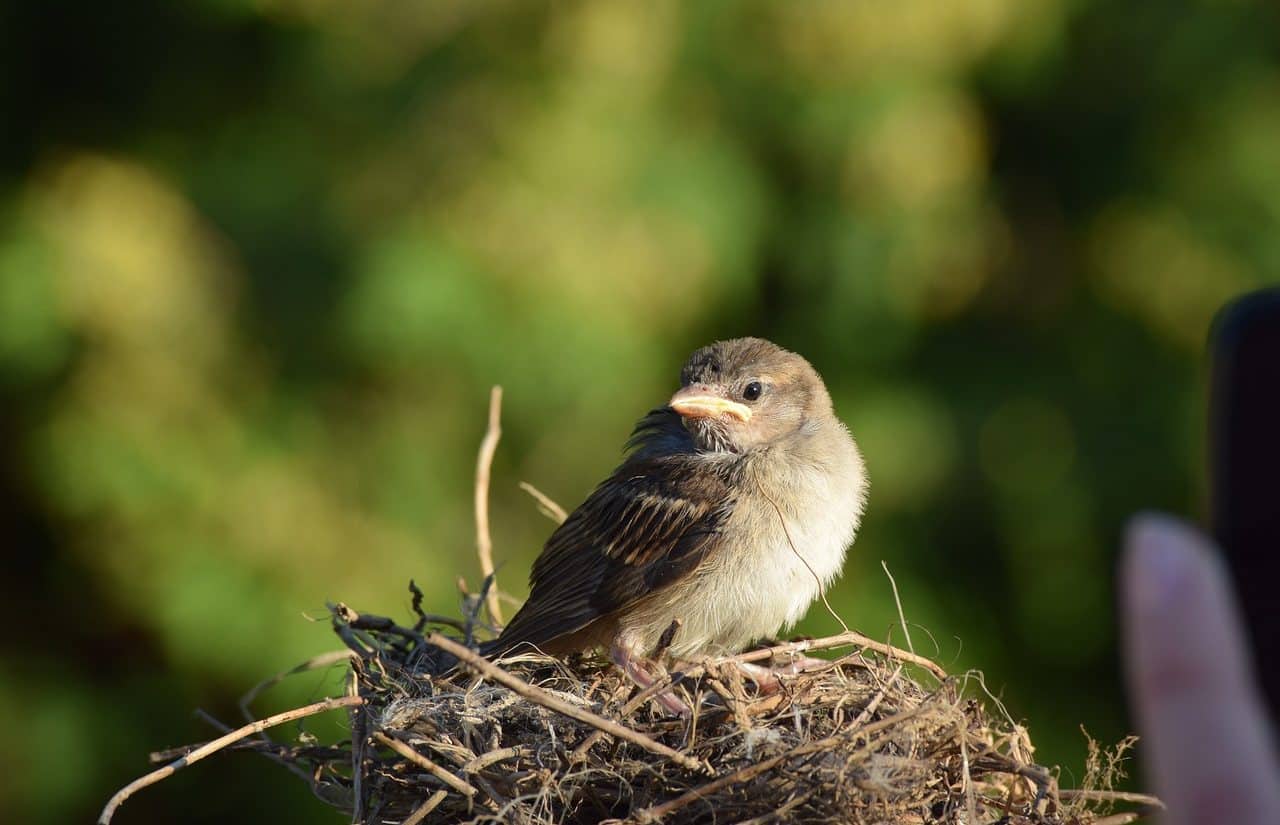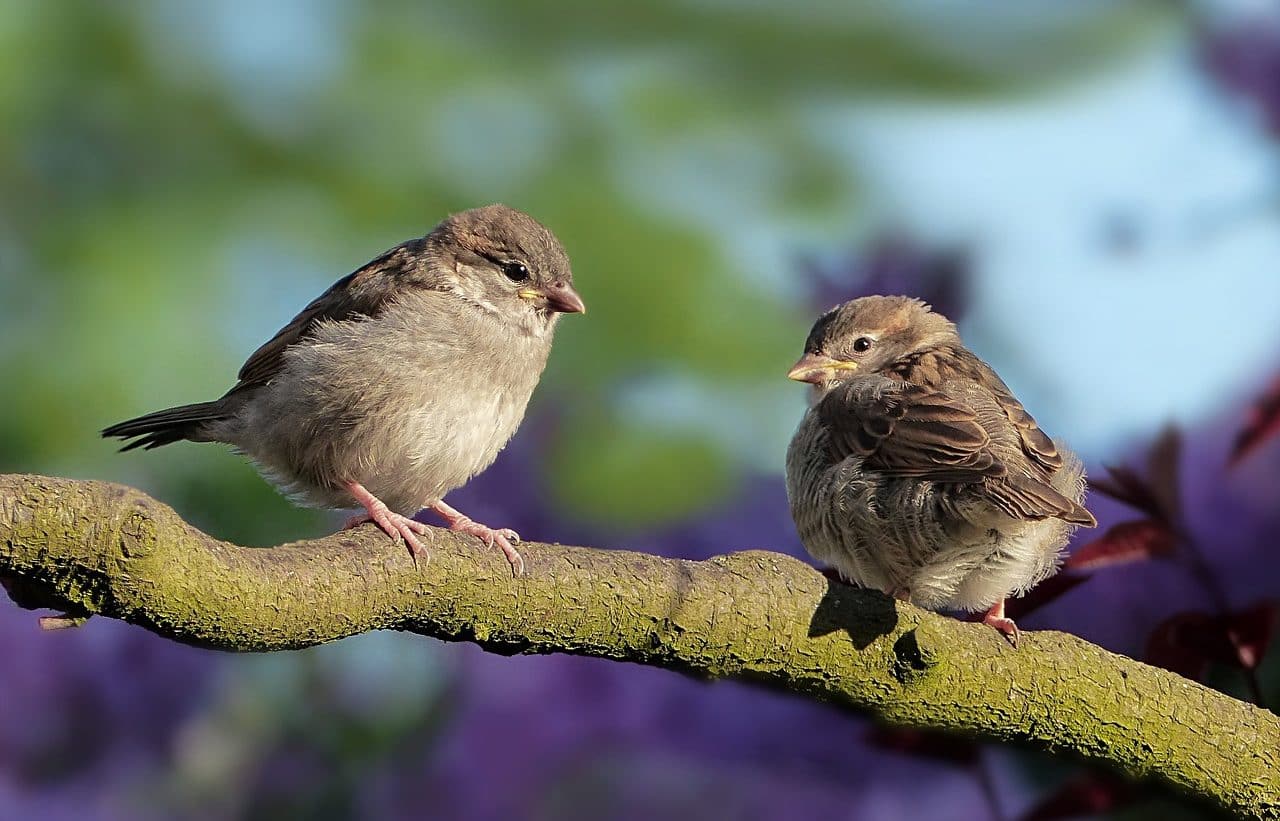
At the initiative of the Nature Forever Society, World Sparrow Day is commemorated every March 20. The idea is to give visibility to the species and raise awareness among humanity about the importance and need to work towards the preservation of birds.
The house sparrow is a small bird belonging to the family of passerines . In the Indian states of Delhi and Bihar , this species, which is abundant in urban areas of different countries, is considered the state bird.
It is estimated that, in the wild, the life expectancy of sparrows does not exceed five years (although there are exceptions that go beyond this forecast), while in conditions of captivity they can reach more than a decade of existence.
After DNA analysis, scientists established that the house sparrow is closely related to a species popularly known as the Moorish sparrow that is native to the Mediterranean area.
Sparrow species and subspecies
Throughout the planet it is possible to find and recognize a wide variety of species and subspecies of sparrow . It should be noted that all of them are grouped in the genus Passer , a word of Latin origin that is associated in Spanish with bird , a term that has been adopted to refer, in general, to each small bird.
In African territory, especially in the area called Sahel , the golden sparrow lives and develops, a beautiful species whose specimens captivate with a unique yellowish appearance. In other times, the Arabian sparrow has been identified as a subspecies of this type of sparrow with which it shares many similarities and has turned out to be, between both types of birds, conspecific. It is interesting to know that the basis of the sparrow 's nutrition is seeds , but it does not rule out the ingestion of certain insects , especially when providing food to the young.
If we focus on Southeast Asia and Eurasia , on the other hand, we will discover the mill sparrow , a species with shades that range between light, chestnut and dark ranges. This is a specimen that has even appeared in the United States. The nest , where it usually deposits around five eggs (sometimes one more), usually does so in holes in buildings, natural cavities or in the nests of other species that have already been abandoned.
Of course, the list is not limited to the references cited in the previous paragraphs: passerines such as the alpine sparrow (typical of mountainous areas of Eurasia) and the Pegu (or smooth) sparrow are other examples.

Holes, nests belonging to other species and any space with some protection or shelter are used by sparrows to nest. The construction of the nest is carried out by both the male and the female.
Habitat and food
The habitat of the house sparrow is associated with infrastructure and areas related to humans, although beyond being in contact with humans they tend to be seen in rural areas. In a considerable number of urban regions, sparrow populations are declining at an alarming rate due to the migration of birds of multiple species that choose to move away from large cities and settle in the countryside , where the percentage of pollution is lower and they have a wide range of variety of vegetation and resting places available.
Regarding their diet, those who have studied them describe them as great water drinkers who consume seeds , remains of grain varieties and, sometimes, insects . Nor does he disregard crumbs of food (bread, for example) or waste from the human species. In captivity , except in the case of newborn babies because they cannot digest solids adequately, they usually consume sunflower and millet seeds .
It cannot be overlooked that, according to a report released a few seasons ago, the population of this species ( house sparrow ) is the most abundant worldwide.
Behavior and habits of the sparrow
By searching for data on the behavior and habits of the sparrow, it is possible to learn about the sedentary spirit of this species. In winter, due to low temperatures and lack of food (or difficulties in obtaining it), they tend to move quite a bit on the ground.
It is also stated that they are very competitive birds that fight either for space to nest or a place chosen for rest, even for a partner and food.

Breadcrumbs, seeds, grains and certain insects are the favorite foods of sparrows.
In case of nervousness or when joining large groups, the house sparrow is usually very boisterous. Their sounds are diverse and among them it is possible to recognize the song of jealousy and the one they use to express “claims” . Males, specifically, sing with the purpose of arousing attraction between females and when having to protect their territories.
A few years ago, bird experts reported that a transformation was detected in the song of the Canadian white-throated sparrow . The phenomenon is striking because, despite recognizing that the evolution of singing is possible, until now there were no records of such dizzying changes. The vocalization of the white-throated sparrow , as detailed, has gone from three notes to two.
To continue sharing the planet with this species (and with so many others) and guarantee that future generations have the opportunity to, for example, appreciate the figure and song of sparrows, it is essential to combat global warming, respect all living beings and take care, in every way, of nature .
